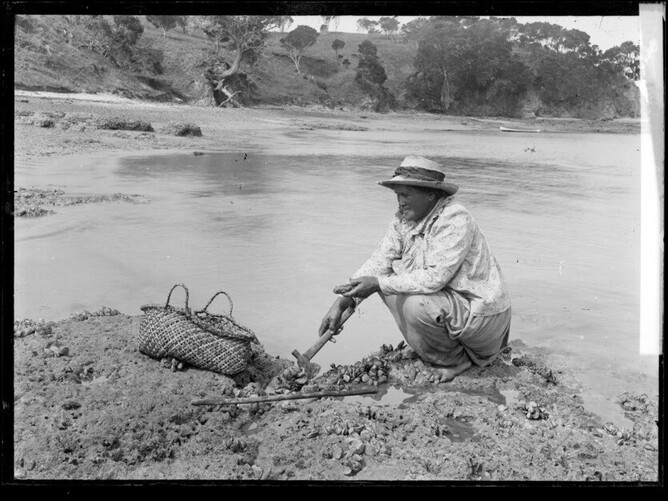Preserving the mauri of the land
Kaitiakitanga has been described as guardianship or protection. The basic meaning of ‘tiaki’ is to guard, but depending on the context in which it is used, it also means to preserve, keep, conserve, nurture, protect and watch over. The prefix ‘kai’ with the verb ‘tiaki’ denotes the agent of the action of ‘tiaki’. Therefore, a kaitiaki is a guardian, keeper, preserver, conservator or protector. The addition of ‘tanga’ denotes preservation, conservation and protection.
Traditional concepts of kaitiakitanga include a deep relationship between the spiritual realm, humans and the natural world. The spiritual powers (the children of Ranginui and Papatūānuku) are the kaitiaki of their respective realms. For example, Tangaroa is the kaitiaki of the water, seas and lakes, birds, trees and plants. A kaitiaki is also described as a tribal guardian who could have been of a spiritual nature, such as those left behind by deceased ancestors to watch over descendants and to protect sacred places (wahi tapu). There are many representations of kaitiaki, but the most common ones are animals, birds, insects and fish – including freshwater fish. In many cases, taniwha are the guardians of waterways or specific areas, and their role is one of protection.
Link to video and article: Understanding kaitiakitanga — Science Learning Hub




